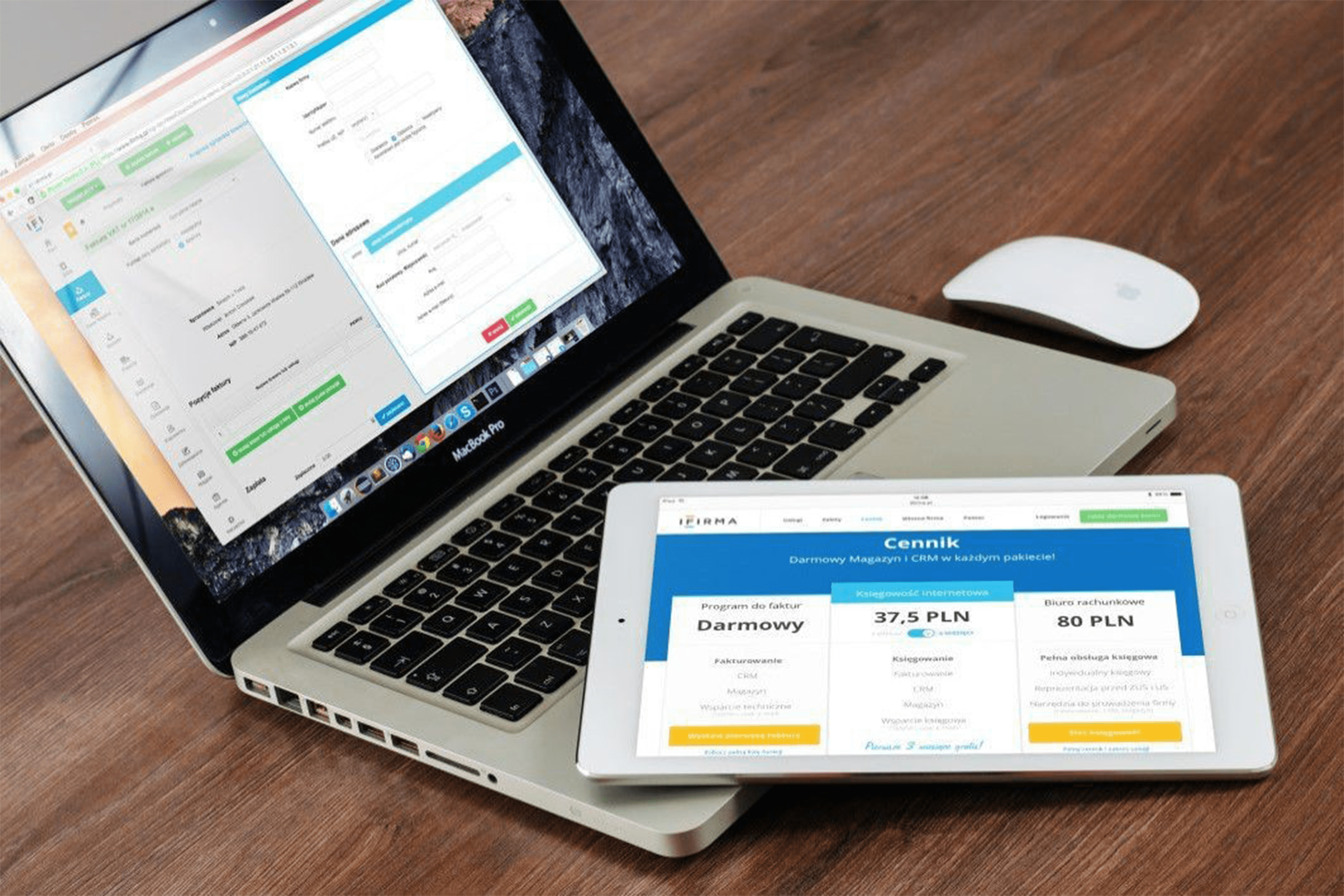Many people probably know about “O2O marketing”, which utilizes online customer behavior offline as well. For example, by distributing coupons that can be used at physical stores to users who visit an e-commerce site, we guide them from digital to physical activities. These marketing measures have been in place since before smartphones became widespread, and have gradually increased since around 2013.
“Omnichannel”, which has a variety of sales channels both offline and online, is also becoming popular, and it is no longer uncommon for a single brand to develop its business through multiple sales channels. Even if you don’t have time to go to a store, you’ve probably tried shopping online from home.
What we would like to introduce this time is “OMO” rather than O2O. We will provide an easy-to-understand explanation of what this marketing concept is, which was born in China, which forms the world’s largest e-commerce market.
Table of contents
- What is OMO?
- Difference between OMO and O2O
- Difference between OMO and Omnichannel
- Mobile situation in China
- The importance of OMO in the retail industry
- Benefits of realizing OMO
- Opportunity loss can be minimized
- Able to provide high quality customer experience
- Leads to improved brand image
- Becomes a repeat customer policy
- Disadvantages to understand before implementing OMO
- Effects may not be seen immediately
- The magnitude of the effect varies depending on the business model.
- It is necessary to develop internal structures and systems.
- Measures needed for OMO success
- Expand sales channels
- Introducing multiple ICTs
- Centralize your data
- Improve the quality of customer service
- OMO precedent case
- Thorough UX design is important at OMO
- summary
What is OMO?
In China, there are many people whose lives are mobile-centric, to the extent that they say, “You can survive with just one smartphone.” Additionally, credit card payments are not as widespread as they are in Japan, and mobile payments such as Alipay are the norm. It is an overwhelming figure that more than 90% of the total transaction value in the e-commerce site market is via mobile.
As the collaboration between online and offline is progressing more than in Japan, the boundary between the two is disappearing, and the concept is switching to OMO, which is a development of the O2O concept. OMO is an abbreviation for “Online Merges With Offline,” and translated into Japanese, it means “fusion of online and offline.”
Difference between OMO and O2O
O2O is a marketing strategy that separates the two worlds of online and offline and encourages communication between the two. On the other hand, OMO focuses on UX (customer experience) without worrying about the boundaries between online and offline. OMO aggregates all consumer behavior as data and develops marketing measures to improve UX.
It is a very simple marketing concept that aims to improve the customer experience by delivering the most appropriate information to consumers through the appropriate channel each time, regardless of whether it is online or offline.
Difference between OMO and Omnichannel
The word “Omni” in Omni Channel means “everything.” Omnichannel is a sales channel that includes offline channels such as brick-and-mortar stores and online channels such as e-commerce sites, apps, and TV shopping . Omnichannel is a concept that collects customer data and purchasing data from any sales channel and implements an integrated sales strategy.
The difference between OMO and omnichannel is that omnichannel differentiates between offline and online . It also increases points of contact with customers from a corporate perspective.
Mobile situation in China
Due to the rapid spread of mobile payments, it has become common sense in urban China not to carry cash. This means that most of the offline activities that consumers engage in, such as traveling, eating, shopping, and leisure activities, are stored as online data that can be analyzed and linked to individual IDs.
At supermarkets in urban areas, by scanning the two-dimensional code attached to a product, you can check detailed product information and customer reviews on the spot. As a result of this action, data such as viewing a product at a physical store, looking up detailed information, and checking reviews is accumulated and linked to an individual ID. In addition, all kinds of consumer behavior can be used as data, such as shopping done using smartphone apps, sale information viewed, mobile payments made at physical stores, and items purchased.
Rather than segmenting and analyzing vast amounts of consumer data into certain attributes, we can link all data to individual IDs and analyze them individually to understand each consumer’s preferences and conduct appropriate marketing. This will allow us to develop measures.
In this way, OMO’s idea is to create a consistent UX regardless of whether a consumer’s behavior is online or offline.
The importance of OMO in the retail industry

According to the “Market Research on Electronic Commerce” announced by the Ministry of Economy, Trade and Industry in 2022, sales of EC business in the product sales field will reach 13,286.5 billion yen in 2021, and the market size of EC business will increase year by year . You can see that it is expanding as the shoulder rises .
It has become commonplace for consumers to purchase products at any time or place in online environments such as e-commerce sites, and companies are now creating seamless customer experiences without distinguishing between offline and online environments. It is becoming increasingly important to provide There is a need to provide consumers with a consistent brand experience whether they purchase a product in a store, on an app, or on an e-commerce site.
Benefits of realizing OMO

If you look around you, you can see many companies that have introduced OMO. It’s no longer uncommon to be able to purchase the same product both in-store and on the app. What are the specific benefits of OMO?
Opportunity loss can be minimized
Since you can have contact with customers both online and offline, customers can purchase products regardless of time or place .
For example, if you want to buy clothes, you can do it online without having to go out and visit a store. This will be useful for people who have restrictions on their private time due to work. If you want to eat your favorite restaurant’s menu at home, you can order delivery so you don’t have to go to the store.
Able to provide high quality customer experience
By comprehensively aggregating and analyzing customer attribute data and purchase history from various sales channels, companies will be able to send messages tailored to their customers .
For example, if a customer frequently purchases a particular brand of sneakers, you can send them a DM or app push notification regarding that brand of sneakers, allowing them to receive information that is of interest to them. In other words, you can maintain the quality of the customer experience by not disseminating information that is not of interest to the customer.
Leads to improved brand image
By sending a unified message as a brand, whether online or offline, you can improve your brand image. Of course, in order to improve a brand image, it is necessary to establish certain policies such as brand guidelines and send out messages based on those policies.
Additionally, OMO’s messages to customers will be personalized based on customer data collected from various touchpoints, and will be sent at the right time and points of contact, leading to improved brand image.
Becomes a repeat customer policy
By utilizing customer data obtained from various touchpoints, marketing activities can be tailored to customer preferences .
It is possible to increase LTV (customer lifetime value) by taking an appropriate approach depending on the customer. For example, there are loyalty programs that award points through the purchase of products, and when a certain number of points are accumulated, they can be exchanged for special coupons and benefits. LTV is an important metric in markets where it is difficult to acquire new customers.
Disadvantages to understand before implementing OMO

Although the benefits of realizing OMO are great for companies, the disadvantages cannot be ignored either. There are several hurdles to overcome in introducing and implementing OMO. In this chapter, we will explain the disadvantages of OMO.
Effects may not be seen immediately
In order to utilize customer data obtained through OMO for specific marketing activities, it is necessary to collect and analyze data over a long period of time. Therefore, OMO cannot be expected to have an immediate effect on increasing sales in the short term.
Customer purchasing tendencies and behavioral trends can only be seen from a long-term perspective, so even if you implement measures to increase LTV, they will not necessarily be successful. Through trial and error, find a certain formula for success.
The magnitude of the effect varies depending on the business model.
OMO is a concept that approaches customers without being tied to sales channels by crossing offline and online channels. For this reason, it is difficult to realize the effects of a business model that relies only on one or the other .
For example, in the case of a store-only business, there are limits to the attribute data that can be obtained from customers, making it difficult to link it well with purchasing data. If the amount of data that can be used for OMO is insufficient, it will not be possible to increase the number of measures that utilize data.
It is necessary to develop internal structures and systems.
Implementing OMO requires budget and man-hours. This is a large project that involves various stakeholders, including strategy formulation, budget approval, system requirements definition during development, and training for internal members before release to make OMO a reality.
If there is no in-house development department, the project will be carried out in collaboration with an external vendor. In this way, achieving OMO requires going through many processes over a long period of time.
Measures needed for OMO success

There are several things you need to implement to grow your business through OMO. Keeping in mind that OMO is a means, not an end, here we will explain the four main measures in OMO.
Expand sales channels
With the development of the internet environment and the spread of smartphone devices, online purchases through apps and e-commerce sites have become a daily part of consumer behavior these days. Expanding sales channels (multi-channeling) so that consumers can purchase products at any time and place to suit their various lifestyles is important for business expansion.
Introducing multiple ICTs
ICT refers to information and communication technology. In order to improve customer LTV and brand image using OMO, it is essential to utilize data using digital technology.
To utilize data, it is necessary to introduce digital tools such as MA (marketing automation) tools and CRM (customer management systems) that can realize communication tailored to customers.
Centralize your data
Behavior logs from our own apps and websites, as well as purchase data obtained through sales channels, are centrally managed on a server called a DWH (data warehouse) . The collected data is organized by customer ID to make it useful.
The organized data can be used for marketing measures and customer service by linking with MA tools and CRM, and can be used for more detailed analysis of customer purchases by linking data with BI tools .
Improve the quality of customer service
The penetration of OMO through digital technology can improve the quality of customer service at physical stores.
One apparel company allows customers to see where the products they want in the store are simply by looking at a map on the app. In stores with a limited number of staff, the use of digital technology to meet customer needs can contribute to improving the quality of customer service.
OMO precedent case
In China, the “three major internet companies” are Baidu, which has the top market share in search engines, Alibaba, which is a major e-commerce mall, and Tencent, which provides a wide range of web services such as SNS. Of these, Tencent is disseminating its own payment service called “WeChatPay” throughout China. It is a payment function attached to WeChat, also known as the Chinese version of LINE, and is used not only for e-commerce payments and store payments, but also for person-to-person remittances.
The OMO initiative launched by Tencent in 2017 is a service called “Mini Program” that does not require downloading or installation on smartphones. For example, if you want to know when a train will arrive and depart, install a dedicated app on your smartphone, launch the app, and check the time. On the other hand, with the mini program, you can find out the departure and arrival times of trains by reading the two-dimensional code provided at the station. With WeChat, you don’t need to install various apps.
Furthermore, Tencent is actively working on OMO in the food and beverage industry. In May 2018, WeChatPay collaborated with “Zhou Hei Duck”, a duck meat processed food retailer, and the “Zhou Hei Duck x WeChat Pay” smart store was launched. When a consumer enters a store for the first time, they can create an account on WeChat and perform facial recognition, and from then on they can enter the store using just facial recognition. Payment can be completed by simply placing the item at the self-checkout counter. A camera installed in front of the customer performs facial recognition of the consumer, and payment is made on the spot using WeChat Pay.
Similar smart stores are rapidly increasing in urban areas in China, and the current situation is that even scanning a QR code with a smartphone is becoming obsolete.
In this way, by providing services equipped with innovative technologies such as AI and IoT in addition to mobile payments and data linked to consumers, consumers will be able to experience a new UX that they have never experienced before . You can get it.
Thorough UX design is important at OMO
Marketing measures that emphasize UX are actively being implemented in Japan as well. However, most of these efforts are limited to online use, and rather than improving UX in the process by which consumers become aware of products, gather information, and purchase them, they focus on how products are presented, website layouts, and store design. There seems to be a lot of emphasis on things like that.
The basis of OMO, which is rapidly progressing in China, is “thorough UX design.” There is no online or offline, no better way to present products or store layout. The key is to think about how we can improve the UX and give consumers an advanced and better experience.
By basing your marketing efforts on this concept, you will not be limiting your marketing efforts to online marketing, but will be able to develop optimal marketing strategies within the broader purchasing process.
In Japan, OMO is also becoming important in cross-border e-commerce business targeting the rapidly developing Chinese e-commerce market. In 2019, Japan’s LINE Pay collaborated with WeChatPay and began efforts to strengthen inbound demand. In other words, Japanese companies will be able to obtain various data linked to the individual IDs of Chinese consumers, making the use of this data extremely important in cross-border e-commerce businesses.
Now is the time for Japanese companies to promote OMO and provide a consistent and high-quality UX . In addition to the consumer data you have accumulated, I would like you to think about what kind of OMO measures you can implement by utilizing the various channels provided online and offline.
summary

In today’s world, where everyone uses smartphones to purchase products over the Internet, the line between online and offline consumer purchasing behavior is becoming blurred. Achieving OMO in the retail industry is an essential concept to keep up with the trends of the times.


